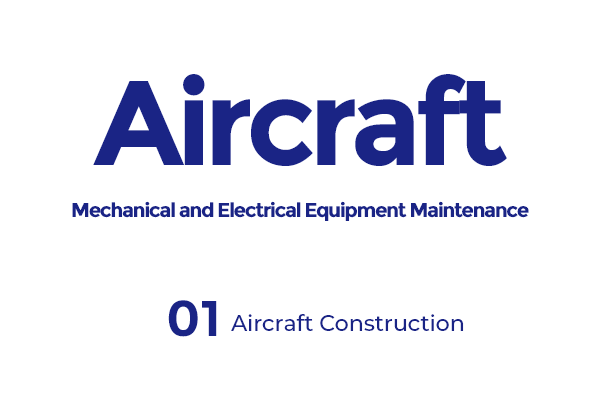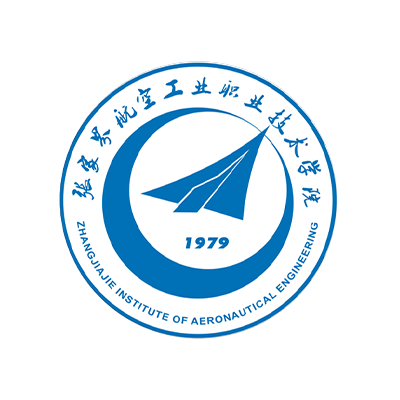TEL:+855 99 294 999
FAX:+855 99 294 999
E-MAIL:catecp@china-asean.cn
Lesson Code: TCEN2025H024
Clicks:
![]()
1. Lecturer ZHANG QiyuanZhangjiajie Institute of Aeronautical Engineering
2. Lecturer LUO WeichaoZhangjiajie Institute of Aeronautical Engineering
3. Lecturer DING JingzhiZhangjiajie Institute of Aeronautical Engineering
4. Lecturer WANG BoZhangjiajie Institute of Aeronautical Engineering
5. Lecturer TAN BenjunZhangjiajie Institute of Aeronautical Engineering
6. Lecturer YU HongweiZhangjiajie Institute of Aeronautical Engineering
![]()
![]()
![]()
1. Corresponding PPT
2. Online Course Video
3. Simulation Question Banks
![]()


![]()
1. Being able to accurately describe the location and characteristics of aircraft structural damage.
2. Capable of performing aircraft weighing operations and calculating the center of gravity.
3. Being able to inspect and test aircraft hydraulic systems, landing gear systems, flight control systems, cockpit environmental control systems, anti-icing and rain removal systems, and fuel systems in accordance with work cards or the Aircraft Maintenance Manual.
4. Knowing how to diagnose aircraft faults and identify defective components under the guidance of the Fault Isolation Manual (FIM) or the Troubleshooting Manual (TSM).
5. Being able to determine aircraft dispatch feasibility in accordance with the Minimum Equipment List (MEL).
![]()
![]()